Heino Eller: Complete Piano Music, Volume One
The Estonian Heino Eller (1887-1970) is probably best known as the teacher of Arvo Pärt — but he was a prolific and original composer in his own right. His substantial output for piano — this series will contain seven CDs — was written over a period of six decades and thus reflects a range of styles. Taking the lyricism of Chopin and Grieg as its starting point, it combines the influence of Estonian folksong, Scriabin's troubled harmonies, the epic northern colouring of Sibelius and, at times, Prokofiev's motoric energy into an attractively individual manner.
Sten Lassmann, piano
Listen To This Recording:
-
Preludes, Book 1 (1914t17)
- No. 1, Moderato
- No. 2, Moderato assai
- No. 3, Molto adagio, con espressione
- No. 4, Andante sostenuto
- No. 5, Patetico
- No. 6, Sostenuto
- No. 7, Con fuoco
- No. 1, Dance of the Billy-Goat
- No. 2, Round Dance
- No. 3, Folk-Tune
- No. 4, Horn-Tune
- No. 5, In the Folk Tone
- No. 6, Dancing Tune
- Toccata in B minor (1921)
- Dance in B minor (1930s)
- In the Character of a Dance (1941)
- Dance-Caprice (1933)
- The Bells (1929)
- I. Allegro
- II. Andante pensieroso
- III. Presto
Six Pieces (‘Estonian Suite’) (1946)
Piano Sonata No. 2 (1939t40)
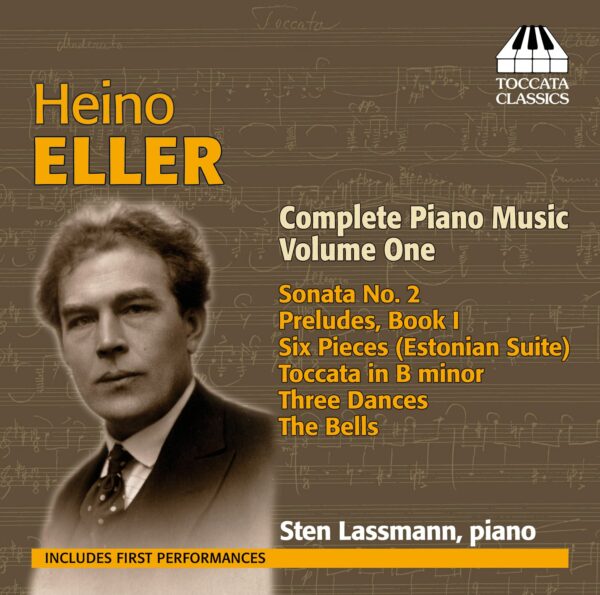
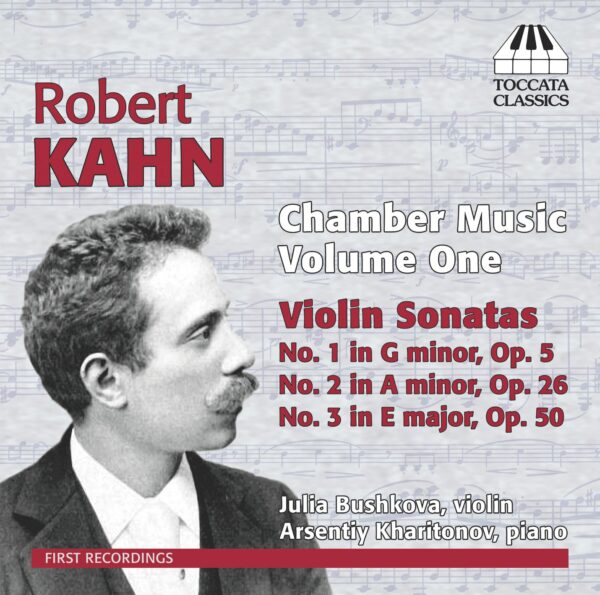
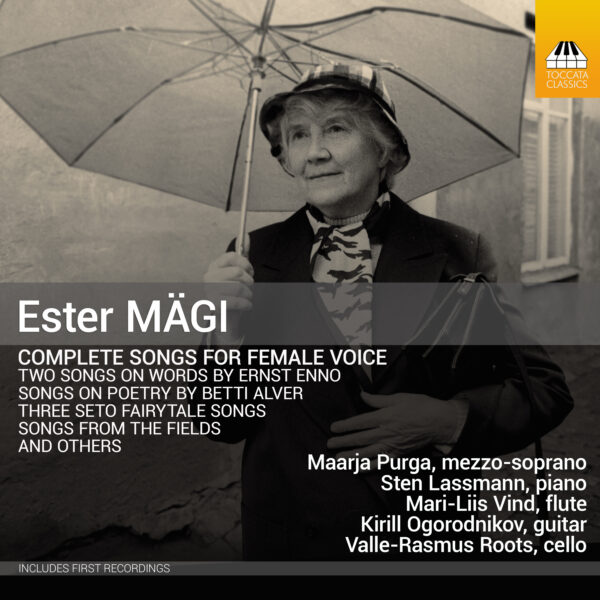
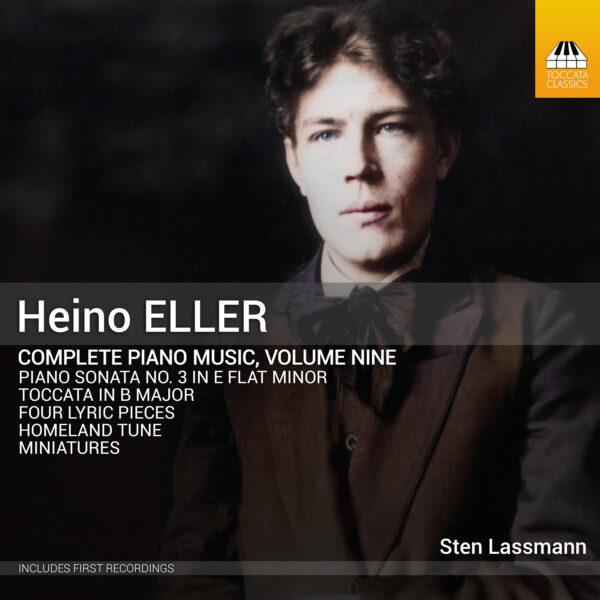
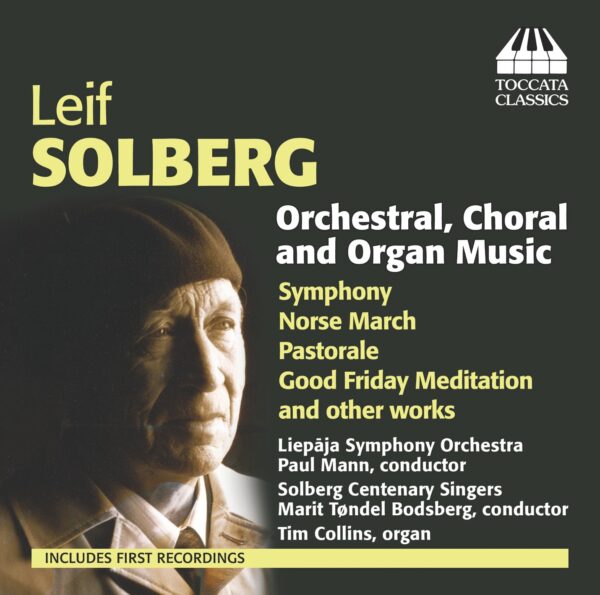
Fanfare Magazine :
‘[…] if my quick research is correct, this is the first time that Eller’s works are being reviewed in this publication […] Eller wrote a lot of music, including seven discs’ worth of compositions for piano solo. This recording, which collects eight works that were composed over the course of three decades, is the first instalment in the first comprehensive survey of Eller’s piano essays […]Eller’s abstract and technically demanding music does not play itself, and Lassmann does a very nice job bringing these scores to life. This is no doubt a labor of love, and he should be applauded for it. The quality of the recorded sound is very good, as are the aforementioned thoughtful and informative liner notes, which were written by Lassmann himself. All in all, an interesting release.’
—Radu A. Lelutiu, Fanfare Magazine May 2012